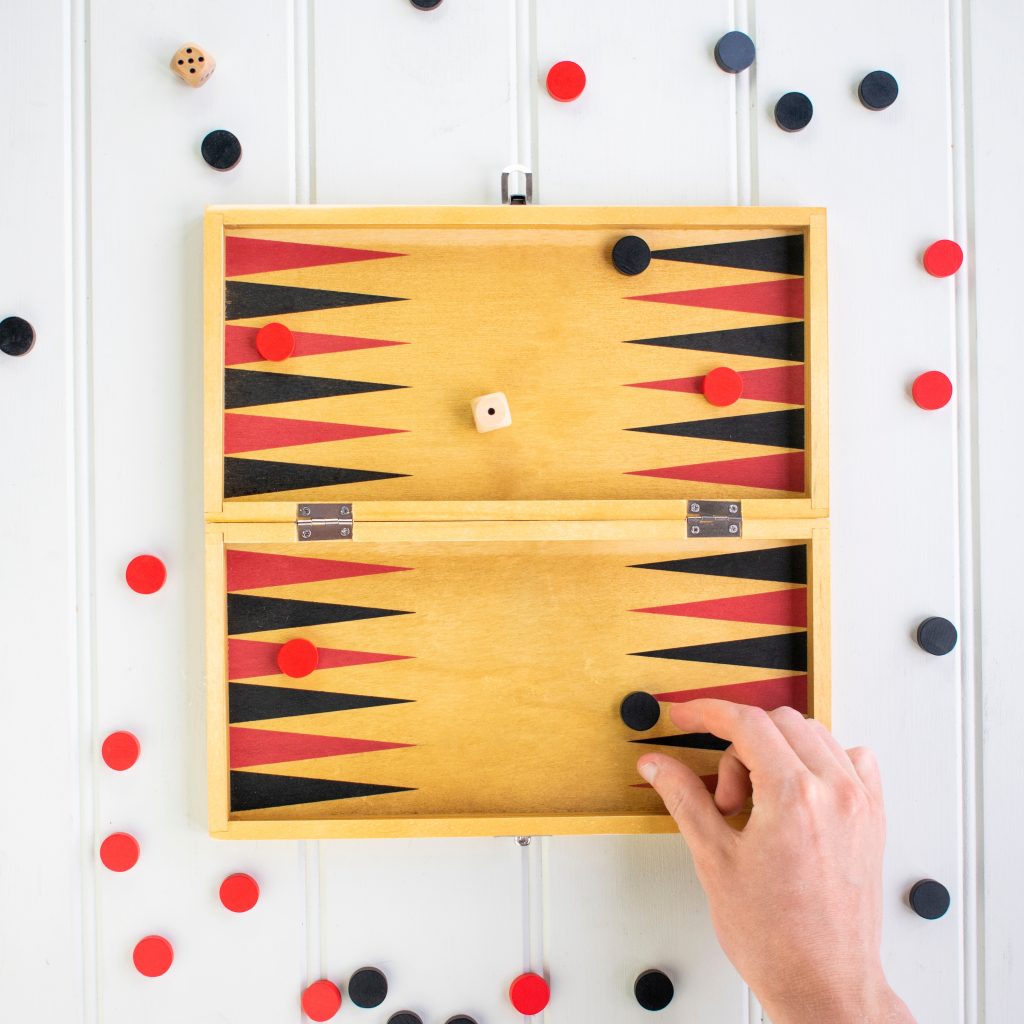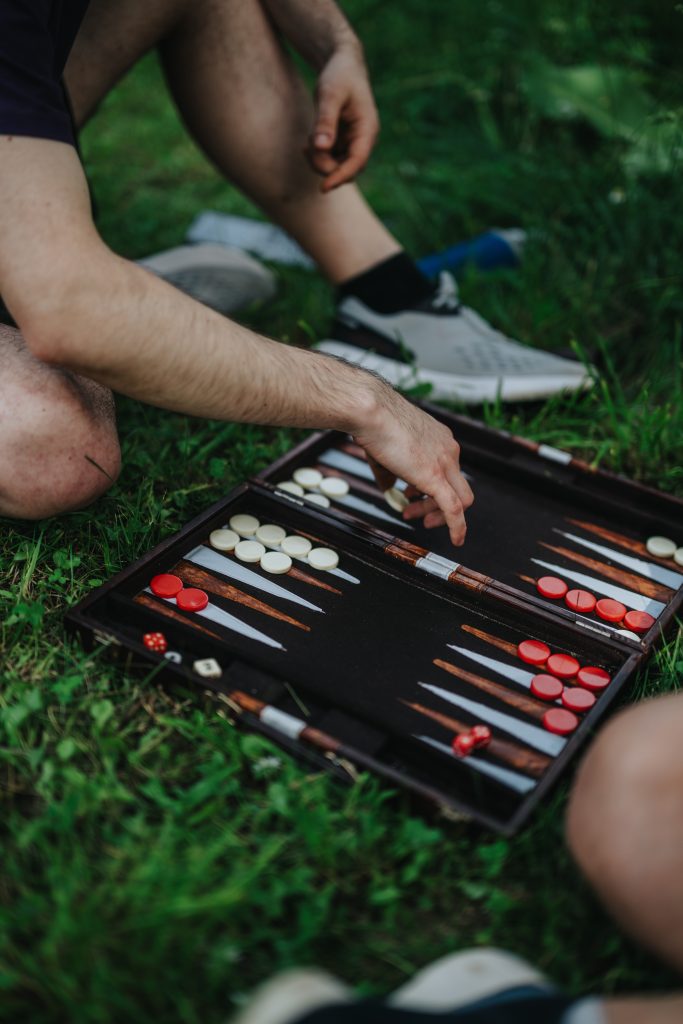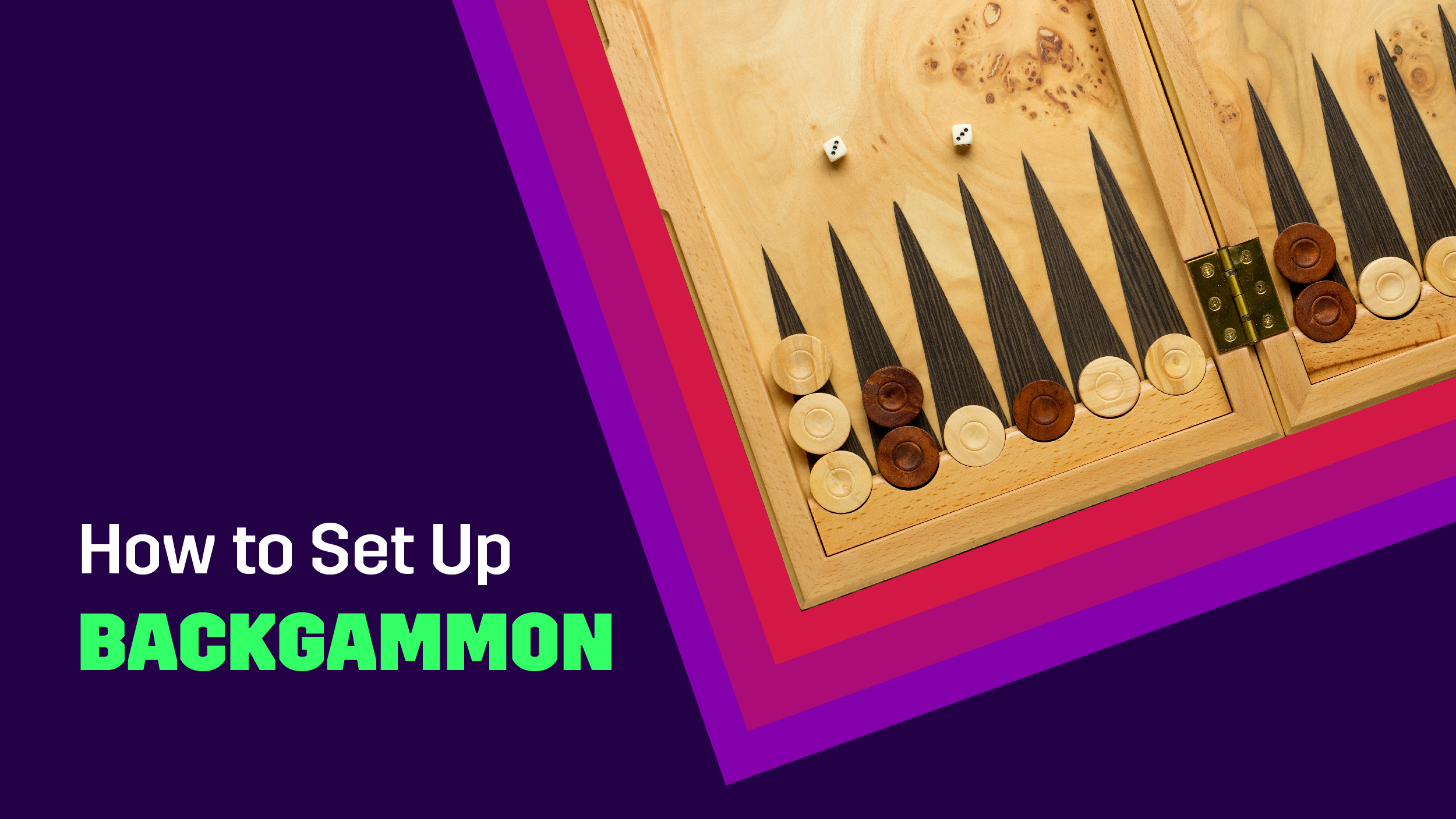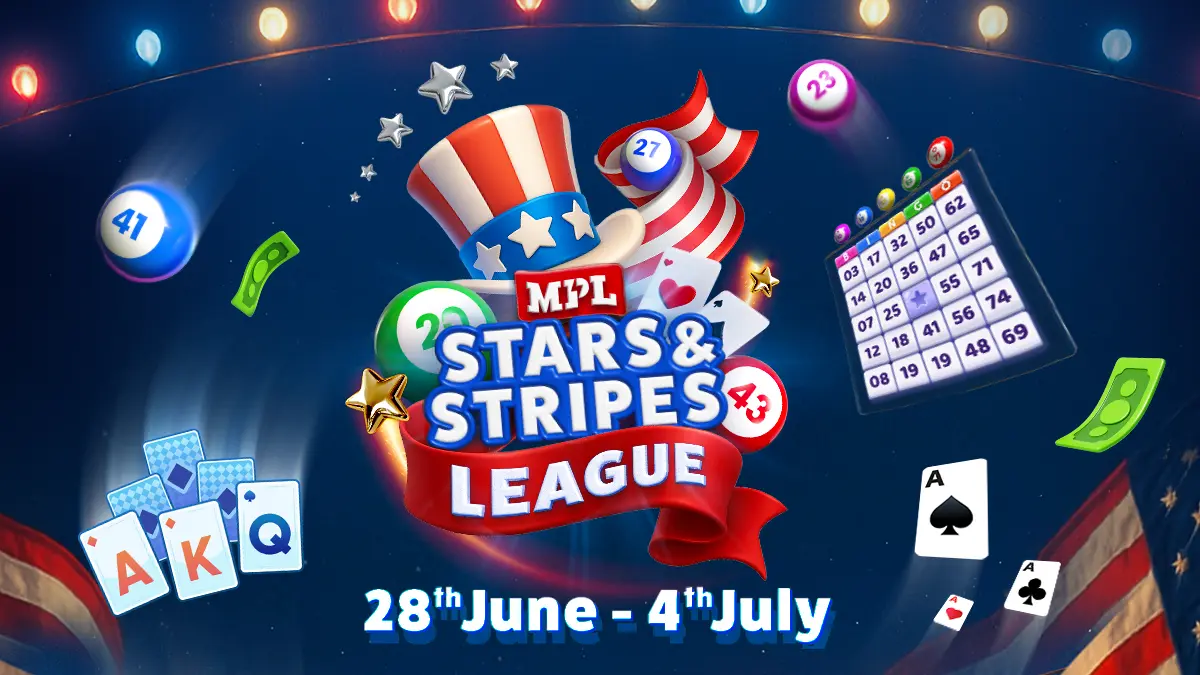Table of Contents
ToggleThough gaming is pretty advanced with mind-blowing technological upgrades every year, playing board games is always something to cherish. It brings people together around a tabletop, encourages casual banter and bonding, and is excellent for stress relief. While some board games require little learning, some are slightly more sophisticated.
Backgammon is undoubtedly one of the oldest board games, with origins dating 5,000 years ago. It’s a two-player game, and the game’s objective is to become the first player to move all fifteen checkers off the board first – this is also referred to as “bearing off.”
If you happen to be a casual backgammon player, you likely forget how to set up the game board. Fret not, as we’re here to help. We’ll guide you through the entire backgammon setup in the form of short, straightforward instructions so that you’ll be ready to sit down for a game in no time. If it makes you feel at ease, the game setup is doable in five minutes or less.
What Do You Need For a Backgammon Setup?

Source: BlakeImaging /shutterstock
Before starting a game of backgammon, it’s important to ensure that all necessary pieces are present. This is the list of all the equipment you need. So, let’s look at how to set up a backgammon board!
Read More: How To Get Off The Bar in Backgammon
30 Checkers (15 Light and 15 Dark)
- Each player has 15 checkers in white and black.
- These checkers move across the board according to dice rolls.
- Without all 30 checkers, the game cannot be properly set up or played.
4 Dice (2 for Each Player)
- Each player ideally has their own pair of six-sided dice for rolling.
- However, if only two dice are available, both players can share them, rolling when it’s their turn.
Two Dice Cups
- Each player uses a dice cup to shake and roll the dice.
- This prevents unfair rolling techniques and ensures randomness.
The Doubling Cube
- This special die has numbers 2, 4, 8, 16, 32, and 64 on its faces.
- It is used for raising the stakes during the game when players want to increase the game’s value.
- While not required for casual play, it is an important part of competitive backgammon.
Why Check Your Equipment First?
Before setting up your board, confirming that all pieces are present ensures a smooth game without interruptions. Missing checkers would prevent proper play, and missing dice or cups could make rolling more difficult. Once everything is accounted for, you can start setting up the board and begin your game.
Understand Backgammon Terms
Like many other popular board games, backgammon also has its glossary of terms for pieces and areas of the board. It is essential to understand these terms before you roll the dice and play the game against a friend or an unknown opponent!
- The twenty-four narrow triangles called points are where discs are placed and moved across.
- The home board is the half that comprises both players’ home areas (this can be either on your left or your right, based on the color you’re playing). The other half is known as the outer board.
- The bar sets the home board from the outer board apart.
A Brief About Backgammon Boards
Nothing’s more important than understanding the basics of the backgammon board before you start putting your checkers. We’ll cover everything you should know before you set up your board:
- The triangles (or points) are in alternating colors and grouped into four quadrants, having six triangles each.
- The home boards and the outer boards position themselves opposite to each other.
- The points are numbered from 1-24. The 24-point is the one that’s further from each player, located on the leftmost side of the opponent’s home board, whereas the 1-point is the rightmost one on the player’s home board.
- The points for each player are numbered oppositely, i.e., the player’s 24-point is the opponent’s 1 point, and subsequently, for the rest of them.
Pre-game Checklist
Make sure you follow the below instructions before you start the game:
- Place the board on a level-playing surface easily accessible by both players.
- Count the checkers to reaffirm that both players have the correct number. There should be a total of thirty checkers, with fifteen each of two colors for differentiation.
- In some serious games, you might use a doubling cube, but it doesn’t impact the overall initial setup.
- Decide the color each player shall use.
- Whether you use a doubling cube needs to be determined in advance in addition to any other advanced gaming techniques.
Backgammon Setup

Source: Gorgev /shutterstock
Once you sort out the above steps, keep the following in mind for backgammon setup!
Let each player pick their fifteen checkers: The process of backgammon setup is easier and quicker if each player manages to set up their checkers. Checkers come in different color combinations such as white and brown, black and red, or black and white. The colors do not impact the game as long as two different ones are present.
Pick two checkers and place them on your 24-point: The 24-point is the nearest point to the player on the left side of his board and the right side for the opponent. Remember that the checkers should mirror each other as they’re set up.
Place five checkers on your 13-point: The 13-point is on the same side as the 24-point, the rightmost point on each player’s side. If you want to ensure that you are placing them in the right spot, count backward from the position of the two checkers on the 24-point until you get to the 13-point.
Place three checkers on your 8-point: The 8-point is on the same side of the board as each player’s home board, just a couple of spaces away from the bar at the center. Again, if you want to ensure the correct placement of checkers as per the backgammon board setup, count backward from the position of the checkers on the 13-point until you get to the 8-point.
Put the five remaining checkers on your 6-point: The six-point is located adjacent to the bar for each player but on opposite sides. To make sure you’re placing the player’s checkers accurately, count back from the 8-point checkers. These final five checkers are the only ones to start on your home board. You can use them to create primes to prevent the entry of the opponent’s checkers.
Ensure that none of the checkers overlap: Remember that each player possesses their numbering system, so none of the checkers must overlap. If any of the points have both players’ checkers on them, then it’s likely that the backgammon setup is incorrect and you need a do-over.
Starting Position
In Backgammon, the starting position refers to how each player’s checkers are arranged at the beginning of the game. Each player has 15 checkers, and they are placed in specific positions on the board to ensure a standard setup.
The Basics:
A backgammon board consists of 24 points, which are the triangular spaces. They are arranged in two halves. Each player’s checkers move in opposite directions around the board.
Each player places their 15 checkers as follows:
- 5 checkers on your 6-point: This is a home board point near your bearing-off area.
- 3 checkers on your 8-point: It is positioned in your outer board.
- 5 checkers on your 13-point: This is a strategic midpoint and is useful for blocking or re-entering checkers.
- 2 checkers on your 24-point: It is the farthest point from the player’s home board and acts as an initial defense.
Your opponent mirrors this setup on their side of the board.
Alternative Ways to Play
The Doubling Cube
The doubling cube is a special die used in backgammon to make the game more exciting and strategic. It looks like a regular die but is a little bigger and has the numbers 2, 4, 8, 16, 32, and 64 on its sides instead of 1-6.
The doubling cube lets players increase the stakes of the game to twice the value. If you feel like you are in a strong position, you can offer to double the value of the game. If your opponent accepts, the game is now worth twice as much. If they don’t accept, they forfeit, and you win the game at the current value.
The Beaver
A beaver in backgammon lets a player immediately redouble after their opponent doubles, while still keeping control of the doubling cube. This increases the game’s stakes instantly. Advanced players use it when they believe the opponent doubled too early. Not all games allow beavers, but they add extra strategy.
Checker Movement
To begin the game, each player throws a single die. This decides which player goes first and also the numbers to be played. If equal numbers pop up, players roll the dice again until different numbers appear. The player throwing the higher number begins moving his checkers based on the numbers on both dice. After the initial; dice roll, the players throw two dice and take turns. The dice roll stipulates how many points (or pips) the player is supposed to move his checkers.
Also Read: Learn How To Play Chutes And Ladders Board Game
FAQs
What is the anatomy of a backgammon board?
A backgammon board has 24 triangles divided into four quadrants- Each player’s home board and the outermost point. A bar in the middle separates the two sides. Each player has checkers, dice, a doubling cube, and dice cups. The goal is to move checkers into the home board and bear them off.
What is the Jacoby rule in backgammon?
The Jacoby Rule speeds up play by saying that gammon and backgammon win only count for extra points if the doubling cube has been used. This prevents long, unnecessary games where a player delays doubling to get a bigger win. It’s commonly used in money games, not tournaments.
What country is backgammon most popular?
Backgammon is most popular in the Middle East, especially in Iran and Turkey, where it has deep cultural roots. It’s also widely played in Greece and Armenia. But it is also popular worldwide!








